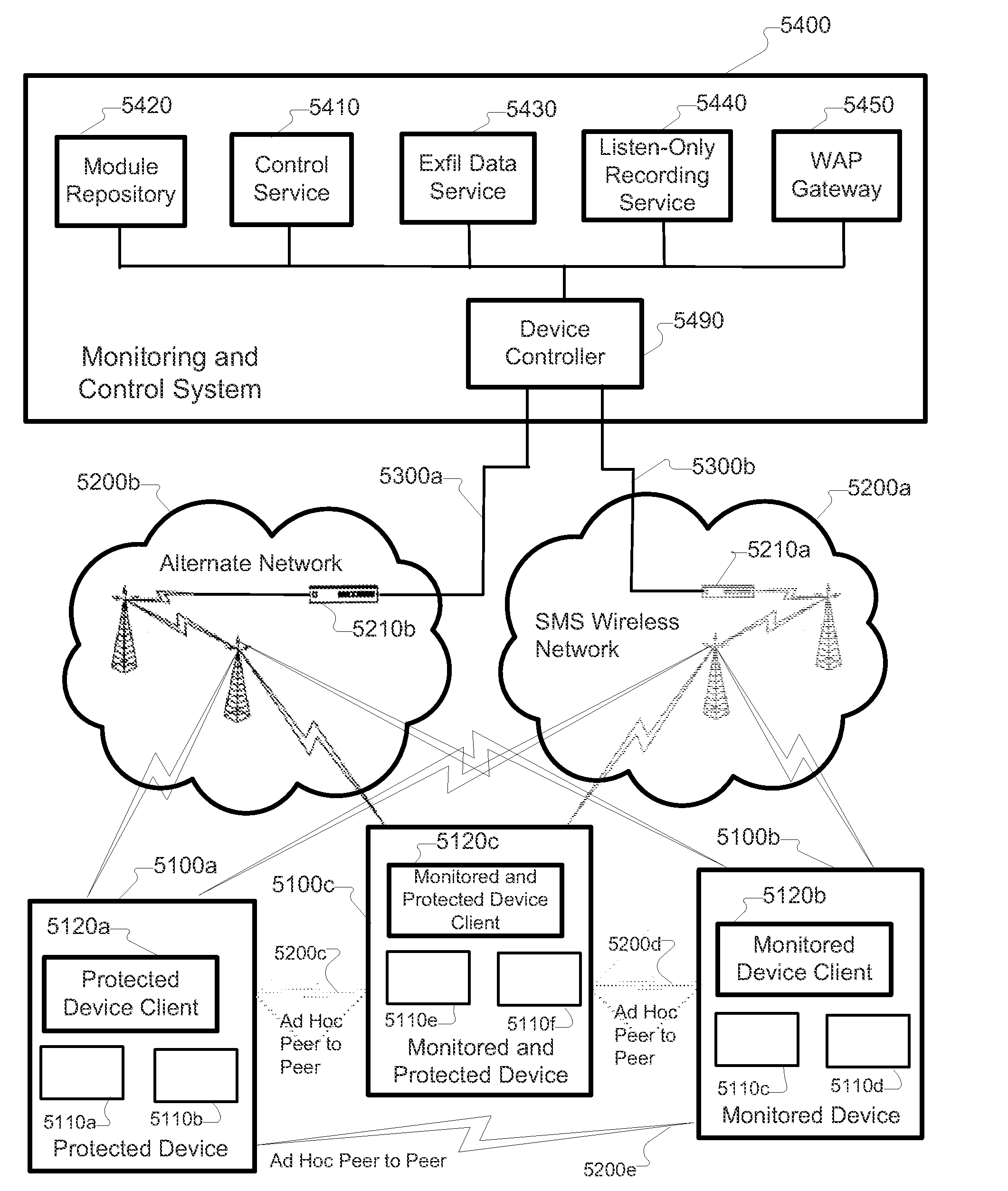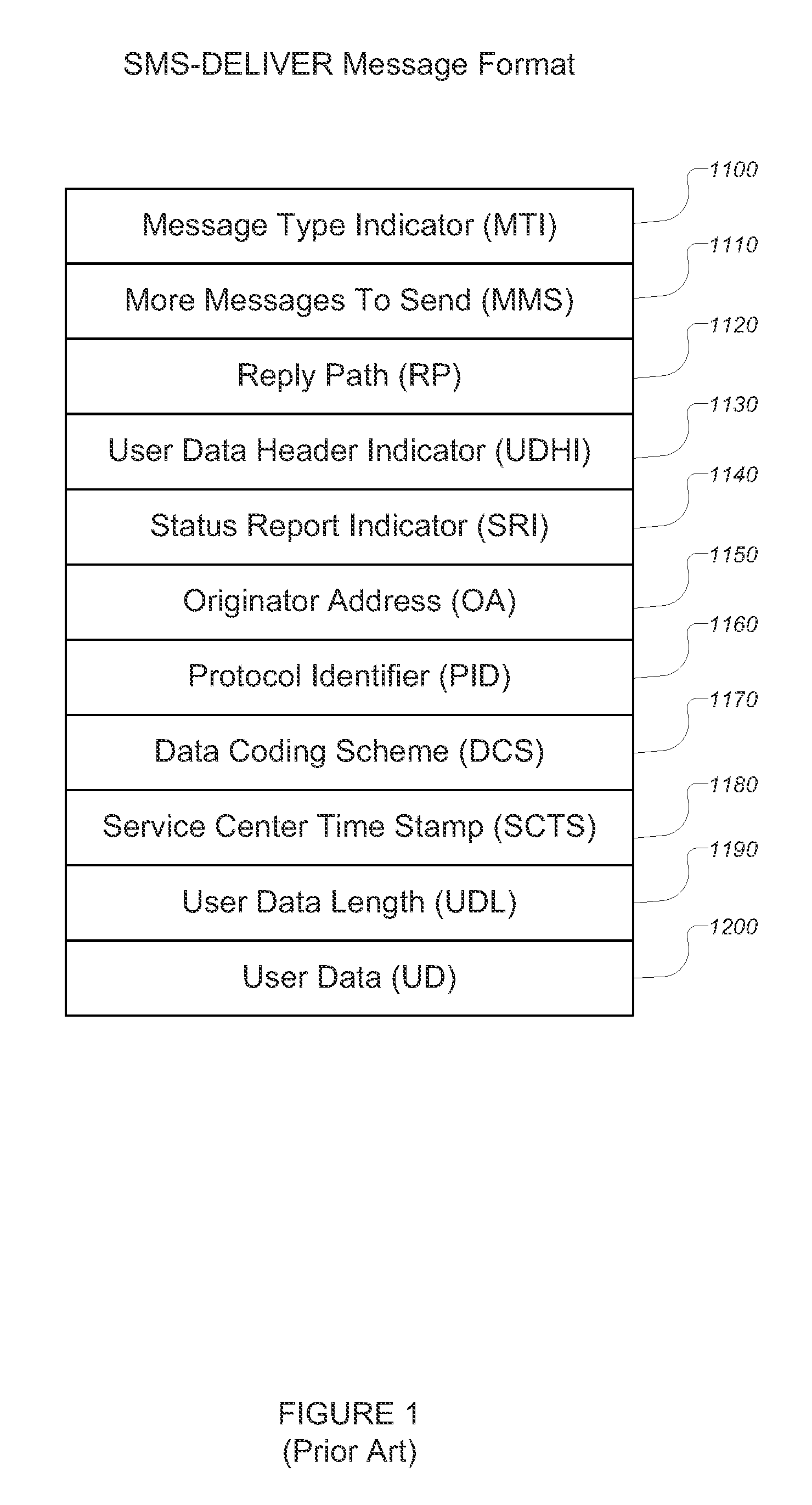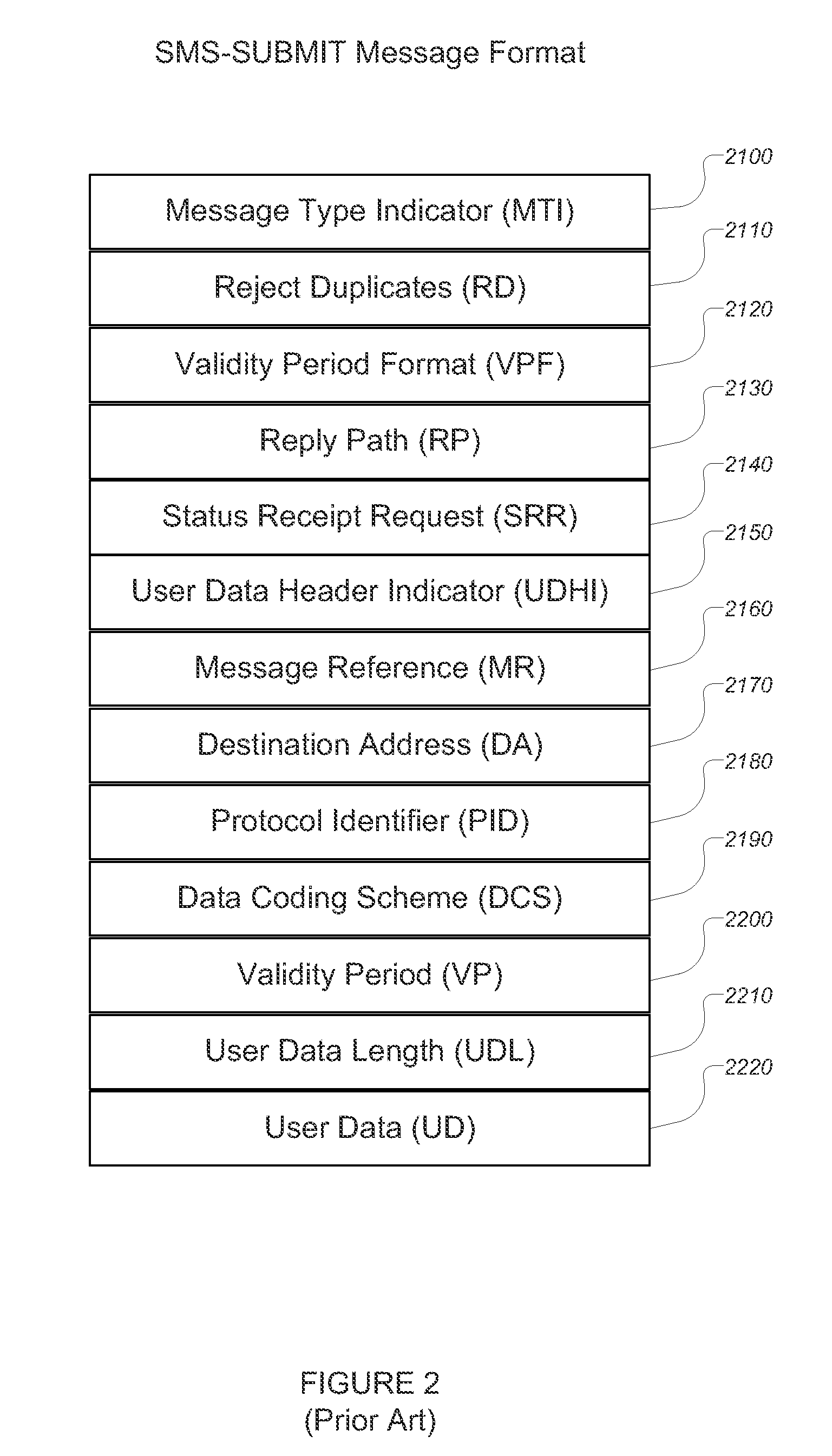This capability also creates some problems, such as making it harder for organizations to monitor and control the movement of sensitive data, permitting installation of various forms of harmful
software, such as viruses, covert monitoring applications, device trackers,
identity theft software and software for authorizing purchases of goods or services without the device owner's knowledge or permission, and software that permits unauthorized
data access.
Means to detect, control and / or block these types of activities are needed, but current methods do not adequately accomplish this.
In some cases the control or blocking of harmful activities is done in the network access provider's infrastructure, not in the
mobile device; and if means are used to contact the device directly, without going through the network access provider, or if the device is taken to a location where a different network provider's service is used (“
roaming”) that does not supply such protection to the device, the device, and its information and user, become vulnerable.
Most users lack understanding of these other message types, and even when a device includes a capability to limit or disable them, users may not make use of this, or may use it incorrectly.
Other mobile devices may lack such limiting or disabling capabilities entirely, or provide them in ways that are insufficiently flexible and so discourage their use.
This “firewall” is between applications and does not include capability for filtering, blocking or otherwise monitoring or controlling the application's interaction with the world outside of the
smart card, however, so the term “firewall” in this instance can be misleading.
Due to the open-ended capabilities of applications installed on SIM cards there is a potential security
hazard to SIM cards and to devices in which the cards are installed, similar to that of other
general purpose computing devices.
Given the use of SIM cards as means to authenticate users for purchase of goods and services over the network, such security hazards can involve
identity theft and monetary losses.
Therefore, methods for monitoring and controlling the communication activities of applications running on SIM cards in
wireless mobile devices are needed to prevent such applications from being used to harm the wireless
mobile device, the data held on or passing through such devices, for improper information disclosure, purchase
authorization, or other abuses.
Physical security of the device can protect against the installation of unwanted software using wired means, such as cables or by exchanging the SIM card, but due to the possibility of installing software OTA,
physical security methods alone are not sufficient to protect a device.
It is not usually practical to block all OTA software installations and configuration changes, because many service providers use these methods to update the device's
operating system, network access configuration, and other applications.
Blocking all OTA software installations and configuration changes would interfere with normal device use and the functioning of the provider'
s system.
Monitoring of an installation's phone and computer systems, and searching vehicles and packages at gates or exits is no longer sufficient to prevent classified or confidential information being sent to parties that should not have access to it.
Means to address such requirements exist for e-mail, telephone calls, traditional postal mail, and other forms of communication, but means to address SMS messages, or other similar protocols, such as MMS, are lacking.
This requires explicit cooperation by the
service provider and can require expensive monitoring equipment, making this method suitable for some government agencies, such as law
enforcement, but not practical for use by corporate entities or other civilian organizations that do not have such access and may lack the required expertise or equipment.
When using this technique, device control to prevent undesired use of the device, such as to improperly disclose information, is generally limited as well.
In addition to the issues related to external message traffic, additional problems can be generated by message traffic between the SIM and the
handset (sometimes referred to as “SIM pro-active commands”).
In some provider networks failure to send such acks can result in SMS messages being blocked until the message requesting the ack has been acknowledged, so simply blocking transmission of such acks is not practical.
Such applications can often be subverted or bypassed, such as by using a device that is not on a deny
list or that is listed on an allow
list, and there is nothing to prevent the device user from disabling or removing the blocking application, making such programs unsuitable for involuntary use (e.g. for corporate or government
security monitoring and preservation).
While this may be sufficient to prevent a user from seeing unwanted messages, there is usually no way to prevent other applications from having access to the received SMS message, or to know if one or more of them have processed the message content prior to suppression of the message.
Dealing with messages after they have been received and processed into the device inbox is insufficient for preventing harm from hostile SMS messages.
Unrestricted and unmonitored Simple Text SMS messages
pose a risk for sensitive
information dissemination, and can contribute to compromising the security of a device by providing a control and update pathway for covertly installed software.
Current methods for preventing SMS use for covertly exfiltrating data lack flexibility and can be subverted or bypassed.
Still other risks from unrestricted SMS use exist.
When devices include GPS receivers, SIM card interactions can result in the GPS-derived location information being sent to unauthorized recipients, making the current location of the device, and therefore its user, known to a very precise degree.
SL message actions can be limited based on the
security level settings of the device in some cases.
Unrestricted and unmonitored WAP Push messages can
pose a serious risk to the security of a wireless device when combined with an unaware user who follows a pushed link to a hostile
web service, or with browser flaws that permit hostile web services to
exploit the wireless device without user interaction or awareness.
Such applications are blind to STK messages, and can not block, control, log or do anything else to detect or prevent harm from them.
Since the STK comprises functions that can cause the
handset to perform potentially harmful actions, such as sending confidential or classified data in SMS Simple Text messages or establishing
voice communication between the
handset and a remote device, some means of detecting, monitoring, limiting or blocking STK messages is needed.
Given the sensitivity of the information involved, and the potential for altering the device's basic settings, without
user awareness in some cases, unrestricted and unmonitored STK messages are a risk to the security of wireless devices that support them, and to the
data integrity and
confidentiality of the information stored or passing through them.
Such filtering and suppression of harmful messages is worthwhile, but since it is done in the provider's infrastructure servers, such as an SMSC, there is no protection offered for devices that receive SMS messages by other pathways.
The
mobile device thus becomes vulnerable when it roams to any provider network that doesn't provide SMS filtering and blocking services.
One problem with relying on such mechanisms for intercepting SMS message traffic is that other applications can also make use of them, and can interfere with the proper operation of the intercepting application, such as by gaining access to SMS messages prior to their being processed by the intercepting application.
In addition, such APIs do not typically permit the required operations to be carried out on all SMS message types, or do not ensure that the SMS messages will not have effects on the device even if they are available through the API.
APIs can also limit what effects an application can have on an SMS message, such as not supporting modification of SMS messages prior to any other process gaining access to them.
For these and other reasons, an intercepting application can not rely on such APIs, and must use other means to ensure interception of all SMS messages prior to their resulting in unwanted effects on the device or the information it contains.
), but these have some limitations that keep them from providing all of the security capabilities needed to address the risks described herein.
For example, a well known limitation is that these applications do not intercept all SMS message types because they access messages using the “inbox”, typically through an OS-provided API.
Most only filter incoming messages, and do not limit what is sent from the mobile device (outgoing messages), rendering them useless for purposes of monitoring SMS communication for policy, legal or regulatory compliance purposes.
In addition, existing SMS on-device “firewalls” typically intercept messages after they are placed in the “in box” on the mobile device, and can not guarantee that the message has not already been processed by other on-device software, such as the OS, other user level applications, or the STK, thus the message might already have had an effect on the device before these prior art systems take any actions.
 Login to View More
Login to View More  Login to View More
Login to View More 


